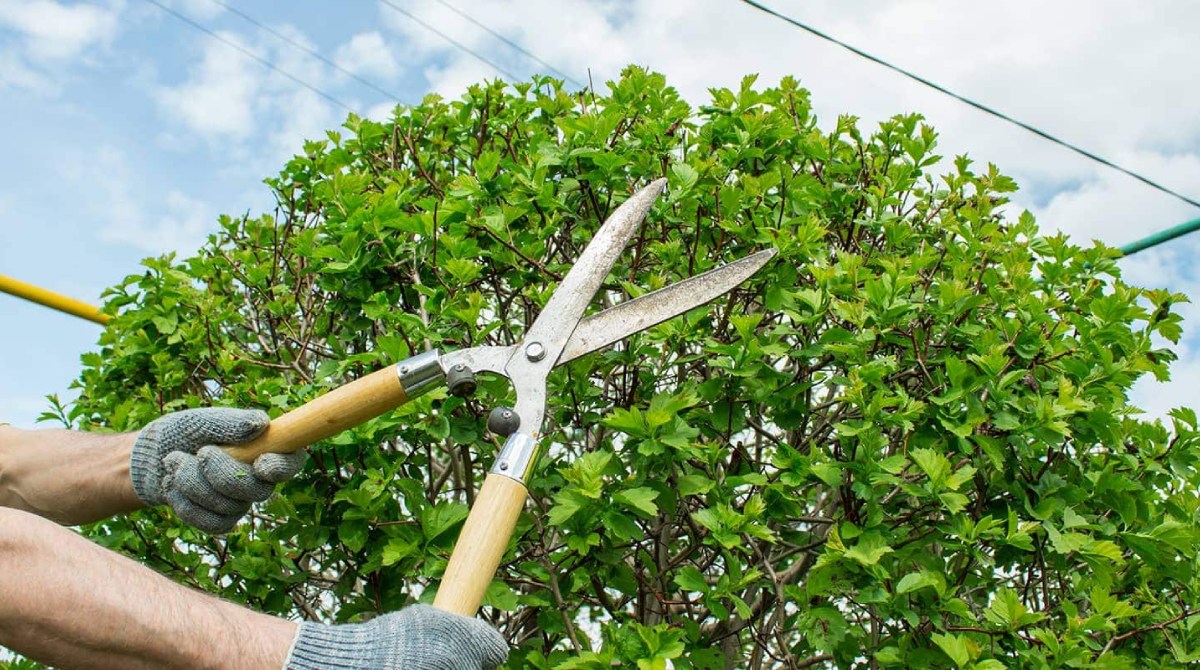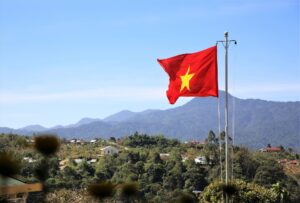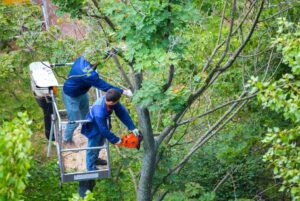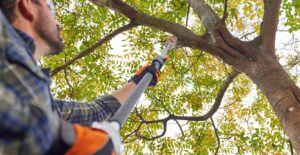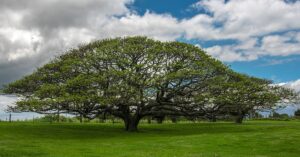Washington Tree Removal Laws: A Comprehensive Guide (2024 Update)
Trees are essential to Washington State’s natural beauty and environmental health, providing shade, improving air quality, reducing soil erosion, and enhancing property value. However, there are instances when tree removal becomes necessary due to disease, safety hazards, or land development. In Washington, tree removal laws are regulated by both state and local authorities to ensure the preservation of trees while allowing property owners to manage their land responsibly. This guide provides an overview of Washington’s tree removal laws, including state regulations, city-specific ordinances, and rules for residential and commercial properties.
Overview of Washington’s Tree Removal Laws
Washington State has several laws and guidelines governing tree removal, primarily focusing on environmental conservation, public safety, and property rights. Most tree removal laws are enforced at the local level, meaning that each city or county may have its own specific requirements, ordinances, and permit processes. These laws aim to strike a balance between protecting the state’s natural tree canopy and allowing for the responsible management of private property.
You can find more detailed information on tree protection and removal in Washington at the Washington State Department of Natural Resources (DNR) website: WA DNR Forest Practices Act
Statewide Tree Removal Regulations
While tree removal regulations in Washington are largely governed at the local level, there are some state guidelines and environmental protections that apply:
- Critical Areas Ordinance (CAO): Washington’s CAO protects trees located in critical areas, such as wetlands, steep slopes, and areas prone to flooding. Property owners must obtain permits and may face restrictions when removing trees in these sensitive areas. The guidelines for these critical areas can be found on individual county or city websites, such as King County Critical Areas Ordinance.
- Forest Practices Act (FPA): For properties larger than 2 acres where forest management or logging takes place, the Washington Department of Natural Resources (DNR) regulates tree removal under the Forest Practices Act. This law ensures that logging operations are conducted sustainably and in a way that protects public resources like water and wildlife habitats. Learn more about forest practices permits and regulations at the WA DNR Forest Practices Program.
Local Ordinances: City-Specific Tree Removal Laws in Washington
Most tree removal laws in Washington are governed by local municipalities, with regulations varying significantly depending on the city or county. Some cities have strict ordinances that require permits for the removal of certain types of trees, while others have more lenient rules.
City-by-City Breakdown of Tree Removal Laws
| City/County | Residential Permit Rules | Commercial Permit Rules | Protected Species/Heritage Trees |
|---|---|---|---|
| Seattle | Permit required for trees over 6” in diameter | Permits required for all commercial removals | Heritage and exceptional trees are highly protected |
| Tacoma | No permit required for trees under 8” in diameter | Permit required for large tree removals | Native species and large trees are protected |
| Bellevue | Permit required for trees over 12” in diameter | Detailed site plan needed for removal | Native trees, particularly in critical areas |
For specific city ordinances, you can review local government websites, such as:
- Seattle Department of Construction & Inspections (SDCI): Seattle Tree Protection
- City of Tacoma: Tacoma Tree Regulations
- City of Bellevue: Bellevue Tree Code
Tree Removal Laws for Residential vs. Commercial Properties
Residential Property Tree Removal Regulations
For residential properties, most tree removal in Washington is regulated by local city or county ordinances. Typically, a permit is required for removing large trees or trees located in sensitive areas like wetlands. For example, in Seattle, a permit is required to remove any tree over 6 inches in diameter, while in Tacoma, a permit is needed for trees over 8 inches.
- Protected Trees: Many cities designate certain tree species as “protected” or “heritage” trees, which require special permits for removal, regardless of their condition. For example, Seattle has a category of “Exceptional Trees,” which are highly protected due to their age, size, or species.
- HOA Rules: If your property is part of a Homeowner’s Association (HOA), additional restrictions may apply. HOAs often enforce their own rules regarding tree removal to maintain neighborhood aesthetics.
Commercial Property Tree Removal Regulations
For commercial properties, the regulations are generally more stringent. Cities often require comprehensive site plans, environmental assessments, and tree surveys before issuing permits for tree removal on commercial land.
- Tree Replacement and Mitigation: Many Washington cities require the replacement of trees removed from commercial properties. This could mean replanting trees elsewhere on the property or paying a mitigation fee to support the planting of new trees in public areas.
- Permit Requirements: Commercial tree removal almost always requires a permit, especially for large developments. For example, Bellevue mandates a detailed tree preservation plan for any commercial project involving significant tree removal.
Protected Trees and Special Ordinances in Washington
Washington is home to a variety of native tree species that are protected under local and state laws. These trees are often classified as “heritage,” “specimen,” or “exceptional” due to their size, age, or ecological importance.
List of Common Protected Trees in Washington
| Tree Species | Ordinance Requirements |
|---|---|
| Douglas Fir (Pseudotsuga menziesii) | Often protected in urban areas, requires a permit for removal. |
| Western Red Cedar (Thuja plicata) | Protected in critical areas and native forest zones. |
| Bigleaf Maple (Acer macrophyllum) | Protected in many cities due to its ecological significance. |
| Garry Oak (Quercus garryana) | Strictly regulated in cities like Olympia, especially in urban forests. |
You can check local regulations and see if your tree is protected on your city’s website or contact local environmental agencies, such as the Washington State Department of Ecology for guidance: WA DOE Critical Areas
Application Process for Tree Removal Permits
Applying for a tree removal permit in Washington typically follows these steps:
- Consult Local Ordinance: Visit your city or county’s website to review specific regulations about tree removal.
- Hire a Certified Arborist: If the tree is considered hazardous, you may need a report from a certified arborist or landscape architect.
- Submit Permit Application: Obtain and complete the tree removal permit form, often available online.
- Pay Applicable Fees: Permit fees vary by city and are typically based on the tree’s size and location.
For example, Seattle requires property owners to submit documentation from a certified arborist when removing large trees, while Bellevue mandates a comprehensive site plan for any tree removal on commercial land.
Penalties for Illegal Tree Removal in Washington
Removing trees without the necessary permits or failing to follow local ordinances can result in hefty fines. Depending on the municipality, penalties for illegal tree removal can range from several hundred to tens of thousands of dollars. In addition to fines, violators may be required to plant new trees or contribute to a local tree fund.
For example:
- Seattle imposes fines ranging from $500 to $10,000 per tree, depending on the tree’s size and whether it is a protected species.
- Tacoma requires offenders to replant multiple trees for each illegally removed tree, with additional fines for non-compliance.
